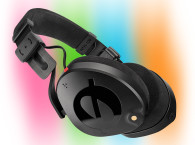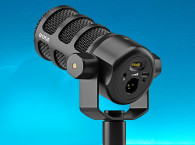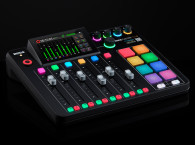
It’s not surprising that Røde — a company long revered for reasonably priced microphones — decided to introduce a set of headphones. There’s a long tradition of companies specializing in microphones and headphones: AKG, Audio-Technica, beyerdynamic, and Sennheiser being the best-known examples. But I assume Røde’s decision had more to do with the exploding project studio market than mere brand-burnishing.
Project studios — small home studios where musicians and other content creators can work without incurring the high costs of professional studios — have been growing in popularity for the last two or three decades. But then came the explosion of two new media — YouTube and podcasts — and the growth of a new “creator class,” many earning a good (sometimes great) income making video and audio programs at home or on the go. And then came the COVID-19 pandemic, which inspired many suddenly unemployed musicians to develop recording and producing skills, so they’d have something to do after losing their gigs.
Count me among them. As a jazz bassist gigging regularly with two bands and subbing for several others, I lost all my gigs when the pandemic hit, so I began working on recording projects with saxophonist Ron Cyger, whose band I play in. We posted some videos to YouTube and attracted the notice of Angela O’Neill, a Los Angeles, CA, bandleader and singer who was using her free time during the pandemic to start a record label, and invited us to make an album under the name Take2 — an effort that inspired us to spend a substantial chunk of change on new studio gear.
The $149 Røde NTH-100 headphones might be a little late to the pandemic “party,” but it’s a sure thing that the millions of new content creators will be needing to upgrade and expand their gear as their skills (and with any luck, their revenue) increase.
The Headphones
With so many well-accepted studio headphones in the NTH-100s’ price range — some dating back to the days before ProTools — creating a new set of studio cans with marketable differences isn’t an easy task. But after one look at the NTH-100s, you could probably pick them out of a pile of studio headphones at 3 meters, thanks to their distinctive design.
While most over-ear headphones have a roughly oval shape, the NTH-100s are more triangular (Photo 1), designed loosely along the shape of the human pinna. According to Røde’s press release, comfort is the main intent of this design, although the roughly triangular shape is said to eliminate standing waves and resonances. The earpads are made from memory foam with a layer of Røde’s proprietary CoolTech gel, covered by Alcantara synthetic suede (Photo 2). Ideally, these design decisions would make it comfortable for content creators to wear the NTH-100s for hours without discomfort—a feature that’s especially important for podcasters, who may indulge in a couple of hours of discussion that they edit down to 30 or 45 minutes.


Not surprisingly, Røde’s press release touts a unique driver design, with a custom voice coil surrounding a four-layer aluminum former, attached to a three-layer Mylar diaphragm (Photo 4). But as someone who tests 50 to 60 headphones and earphones a year — most of which claim advantages because of their driver design — I’m skeptical of any performance claims related to driver design.
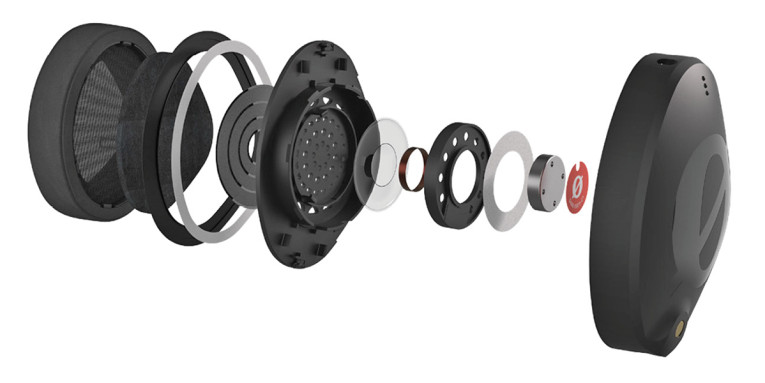
Using the NTH-100s
As so much of Røde’s pitch focuses on comfort, I figured I should address that first. I worried that the earpad’s relatively small cavity for the ears would bother me, considering I have slightly larger than average ears. I like the triangular shape a lot, because it sort of forces the headphones into the right position over your ears, which should reduce variations in frequency response due to minor positioning differences. I did find myself wishing the ear cavities were about 10% larger, though — I could feel them pressing against my ears in places — and I do prefer the cooler feel of protein leather earpads to Alcantara. But after about 15 minutes of use, I forgot about these relatively minor differences and felt completely comfortable with the headphones. The NTH-100s had what felt to me like the perfect amount of clamping pressure, too; they didn’t place uncomfortable pressure around my ears, but even shaking my head violently didn’t dislodge them. I think most people would probably find this design comfortable and practical for long recording and listening sessions.
The NTH-100s aren’t as efficient as some of the other studio headphones I had on hand (e.g., the AKG K371s), but they did play plenty loud enough when plugged straight into my Samsung Galaxy S10 smartphone, so they should make for an excellent companion on daily commutes.
I also liked that the NTH-100s feel ruggedly built, thanks in large part to their metal headband and solid-feeling, thick plastic enclosures — some competing headphones, such as the Audio-Technica ATH-M50X and KRK KNS 8402, have a plasticky feel and creak when twisted. Of course, the way the headphones feel doesn’t necessarily indicate their longevity, but the NTH-100s definitely don’t feel cheap — I’d feel good about handing them to other musicians I’ve working with during a recording session.
The cable is a proprietary design, with a standard 3.5mm stereo plug on the source end and a twist-lock 3.5mm on the headphone end. This means the cable can’t be accidentally pulled loose, but you’ll probably have to purchase spares directly from Røde. Another nice touch is that the cable can be plugged into the left or right earpiece — something that’s very convenient in certain situations (Photo 5). Right-handed guitar and bass players will probably like it because the cable can hang off to their right side rather than to the left (as would be the case with most studio headphones), and will be less likely to interfere with their instruments.

The Sound
My attitude about studio headphones has always been that none of them are perfect — but the best of them, despite their differences and minor idiosyncrasies, all work well once you get used to their sound. I’d definitely rank the NTH-100s among the “best of them.”
To see how the NTH-100s compare with my usual studio headphones, I compared them with the AKG K371s, which are noted for their close adherence to the Harman curve (which conveniently makes them sound very much like my JBL 305P MkII monitor speakers, also made by Harman). To do this, I opened up the Reaper digital audio workstation (DAW) to play some of the mixes from the Take2 album to see if I’d have made any different mixing decisions. While the two headphones sounded different, I didn’t get the impression that I’d have made substantially different decisions.
The NTH-100s definitely have more bass than the K371s, and the bass also sounds a little fatter and less defined through the NTH-100s — so I’d probably have reduced the bass level and also boosted the bass tracks around 1.5kHz to give them a little more “growl.” The NTH-100s also sounded a little softer in the region around 3kHz to 5kHz than the K371s did, so I’d probably have boosted that range by a decibel or two to bring out the saxophone, flute, electric guitar, congas and bongos.
So I’d guess that if I’d have recorded Take2 using the NTH-100s — going back and forth between the headphones and the JBL monitors — the mix might have been a little less bassy, and would probably have had more zip in the lower treble. But I suspect that the mastering engineer, Allan Tucker of Foothill Digital, might have negated those decisions when he did his EQ. Either way, I’m confident that the end result would have been similar, and I’d have been happy with the final product.
I also compared the NTH-100s with the K371s, the KRK KNS 8402s and the Audio-Technica ATH-M50Xes, using recordings I have used for many years in headphone and speaker reviews. To my ears, the NTH-100s and the K371s felt like “different flavors of the same thing” — I enjoyed listening to both, and while the
NTH-100s had more prominent bass and softer lower treble, my ears were easily able to adjust to the difference.
This wasn’t the case with the ATH-M50Xes — which still sounded good (they’re a very popular model with audio pros, many of whom produce great-sounding recordings), but had a more prominent, insistent bass that actually made the bass notes seem to linger longer. They also seemed to have a slightly recessed midrange, which made voices fade deeper into the mix, and they also apparently added a bit of extra emphasis in the mid-treble that made voices sound a little edgier. The KNS 8402s seemed to ramp up on the ATH-M50Xes’ sonic formula, with more bass and treble, and less midrange energy.
I enjoyed listening to music with all of these headphones. But if I had to do a mix on any of them, I’d pick the K371s or the NTH-100s. Of course, the general rule in audio production is that it’s wiser to mix on speakers rather than headphones, but in an era when content creators are cranking out such a colossal amount of content—sometimes from hotel rooms, airplane cabins, or who-knows-where — it’s important to be able to mix on headphones in situations where you don’t have the luxury of a good set of studio monitors (Photo 6).

Measurements
I performed measurements using a GRAS Model 43AG ear-cheek simulator, an RA0402 high-resolution ear simulator/coupler, an Audiomatica Clio 12 QC audio analyzer, and an M-Audio Mobile Pre USB interface with TrueAudio TrueRTA real-time analyzer software.
I started with the most basic measurement for headphones: frequency response. Figure 1 shows the response in the left and right channels. This is a typical result for headphones of this sort. I also made the same measurement with a 1mW signal calculated for the NTH-100s’ 32Ω rated impedance, between 300Hz and 3kHz, which showed an average sensitivity of 102.7dB — not super-high, but high enough that no source device should have trouble driving the NTH-100s to high volumes.

Figure 2 is more revealing. It’s a comparison of the frequency response of several professional studio headphones that compete with the NTH-100s. The NTH-100s appear to be similar here to the AKG K371s and the Audio-Technica ATH-M50Xes.

Figure 3 shows how the frequency response is affected when the source impedance is switched from 5Ω (the output impedance of the Musical Fidelity V-CAN amplifier I used) to 75Ω (with 70Ω of resistance added in series with the V-CAN), which is sometimes encountered in professional headphone amps. It’s a small difference — a boost of about 1dB in the bass and a cut of about 1dB in the treble — which suggests that any differences in tonal balance when switching from one amp to another will be small.

The efficacy of the NTH-100s’ ear-hugging design can be seen in Figure 4, which shows the difference in response when the headphones are moved about 6mm up, down, forward, and backward on the ear-cheek simulator, then removed and reseated several times. There’s very little difference, which suggests that the NTH-100s’ sound will not vary significantly depending on fit and positioning.
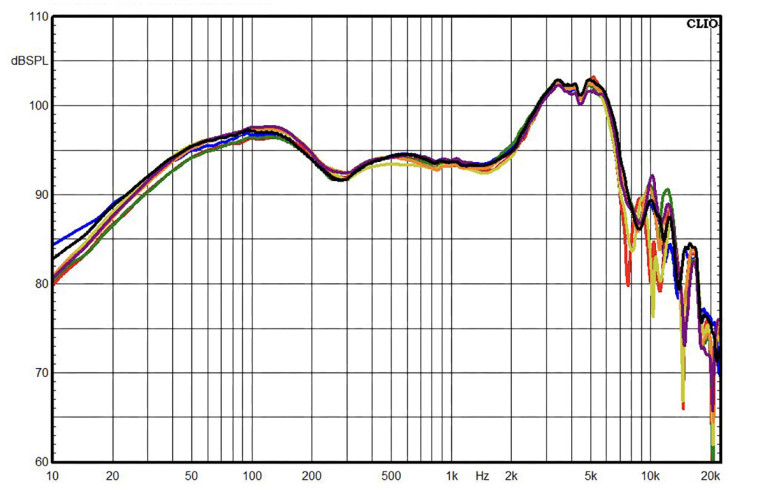
Figure 5 shows the spectral decay — or “waterfall” — of the NTH-100s, which reveals resonances. This is a very clean-looking plot, with only some mild resonance in the bass that’s damped within a couple of cycles.

Figure 6 shows the total harmonic distortion (THD) of the NTH-100s at 90dBA and 100dBA. Figure 7 shows how the result at 100dBA compares with the distortion of the AKG K371s, Audio-Technica ATH-M50Xes and KRK KNS 8402s. Clearly, the distortion of the NTH-100s is a little higher than the competition, but still, it’s only 3% between 100Hz and 200Hz, and 5% below 40Hz. Considering the relatively low audibility of headphone distortion compared with amplifier distortion, the low frequencies in question, and the extremely high playback levels involved, it’s very unlikely this distortion would be audible.

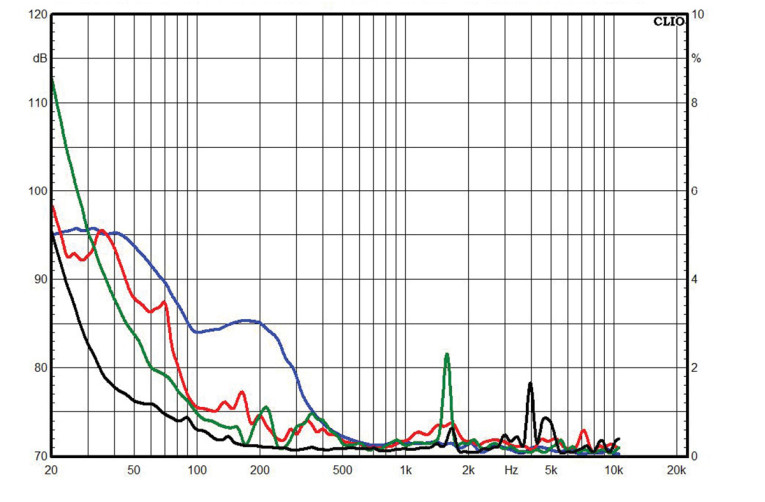
Figure 8 shows the impedance magnitude and phase of the NTH-100s. It’s mostly flat, and generally hovers around 35Ω.

Figure 9 shows the ability of the NTH-100s to isolate the listener’s ears from outside sounds. The measurement was taken by playing uncorrelated pink noise at 85dB SPL from a six-speaker system. The baseline level is shown by the red line; the other lines show how much the headphones attenuate this noise. The isolation provided by the NTH-100s appears to be adequate but unexceptional.
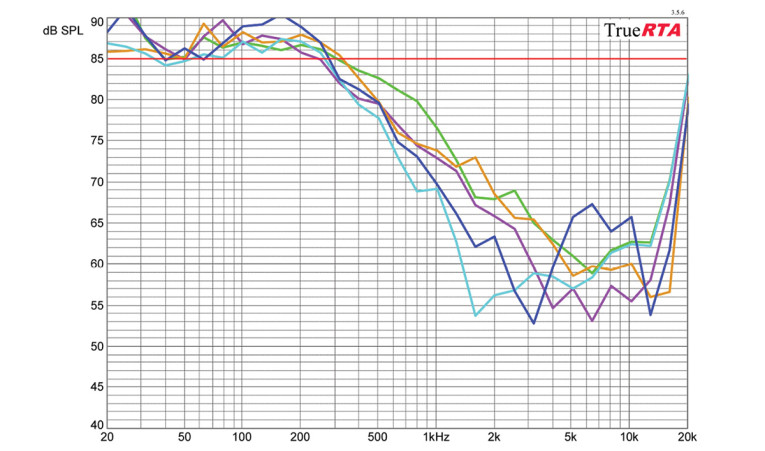
Conclusion
While Røde’s promotional literature bills the NTH-100s as the “perfect headphones,” I wouldn’t say they’re perfect — but I wouldn’t say any audio product is perfect. I would say, though that the NTH-100s are at least the equal of any competitor in their price range, and an outstanding choice for YouTubers, podcasters, musicians, studio pros, and music enthusiasts. aX
Resources
Røde, www.rode.com
Take2, take2.hearnow.com
This article was originally published in audioXpress, June 2022
 About the Author
About the AuthorBrent Butterworth has been a professional audio journalist since 1989, and has measured and evaluated thousands of audio products. His headphone measurements and reviews currently appear on wirecutter.com. He has served as editor-in-chief of Home Theater and Home Entertainment magazines, contributing technical editor for Sound & Vision magazine, senior editor of Video magazine, and reviews editor of Windows Sources magazine. He has also worked as marketing director for Dolby Laboratories, and as a consultant on the design and tuning of speakers, subwoofers, and headphones.



